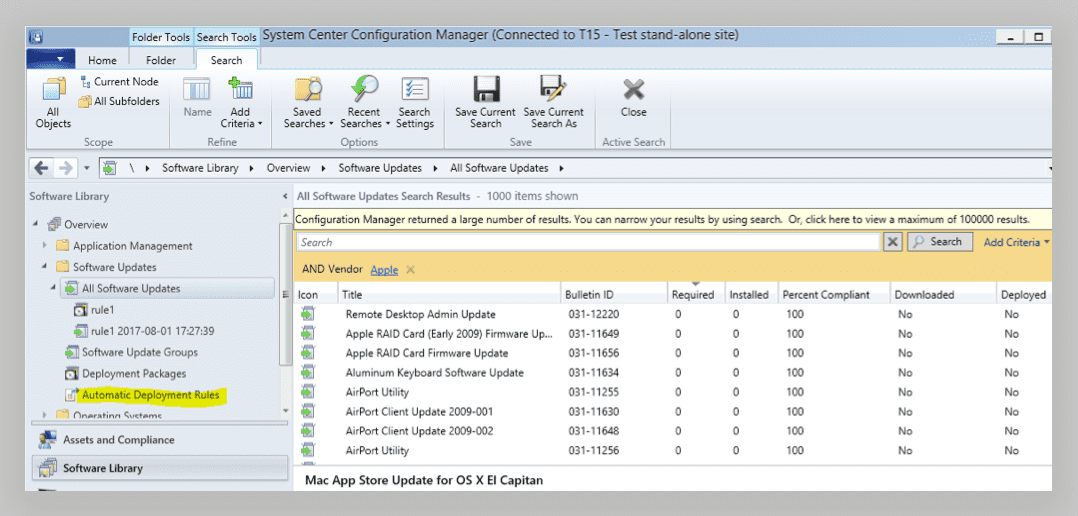


Configure a bypass on your firewall or proxy to allow outgoing connections to your Cb Defense domain over TCP/443.Options for bypass configuration include the following: To avoid going through a network proxy (and/or to avoid being blocked by a firewall), you might need to configure a bypass on your proxy server/firewall to allow outgoing connections from the sensor to the backend. What do I need to allow on my proxy/firewall for the sensor to install and register successfully? If you cannot establish connectivity over the standard SSL port, the sensor can failover to the alternate port, which is TCP/54443. Auto-detection of a proxy and proxy credentials (when applicable) from the local system operating system settings (see Cb Defense: Proxy Settings Detection Algorithm).A static configured proxy that is configured during sensor installation.The sensor will attempt to contact the cloud using the following methods: Will the sensor installation succeed without an internet connection?Īn internet connection is required for the sensor to successfully register with the Cb Defense server and complete a successful install. This information is documented in Cb Defense User Guide under the section “Cb Defense Sensor Supported Operating Systems” and it is also documented within the Cb Defense Dashboard under Settings > Enrollment > Manage Sensors.Ĭb Defense: Best Practices for Deploying Windows Sensor Version 2.0 And Above What Operating System(s) are supported by the Sensor?
#MAC IMAGE FOR DEPLOYMENT HOW TO#
However, upgrades pushed from the Cb Defense Dashboard (see Cb Defense: How to Update Sensors from Dashboard) do not require an administrative user to be present. The Cb Defense Sensor requires Admin permissions for new installations, and upgrades that are initiated manually. General Installation What are the minimum privileges required to install the Cb Defense Sensor?


 0 kommentar(er)
0 kommentar(er)
